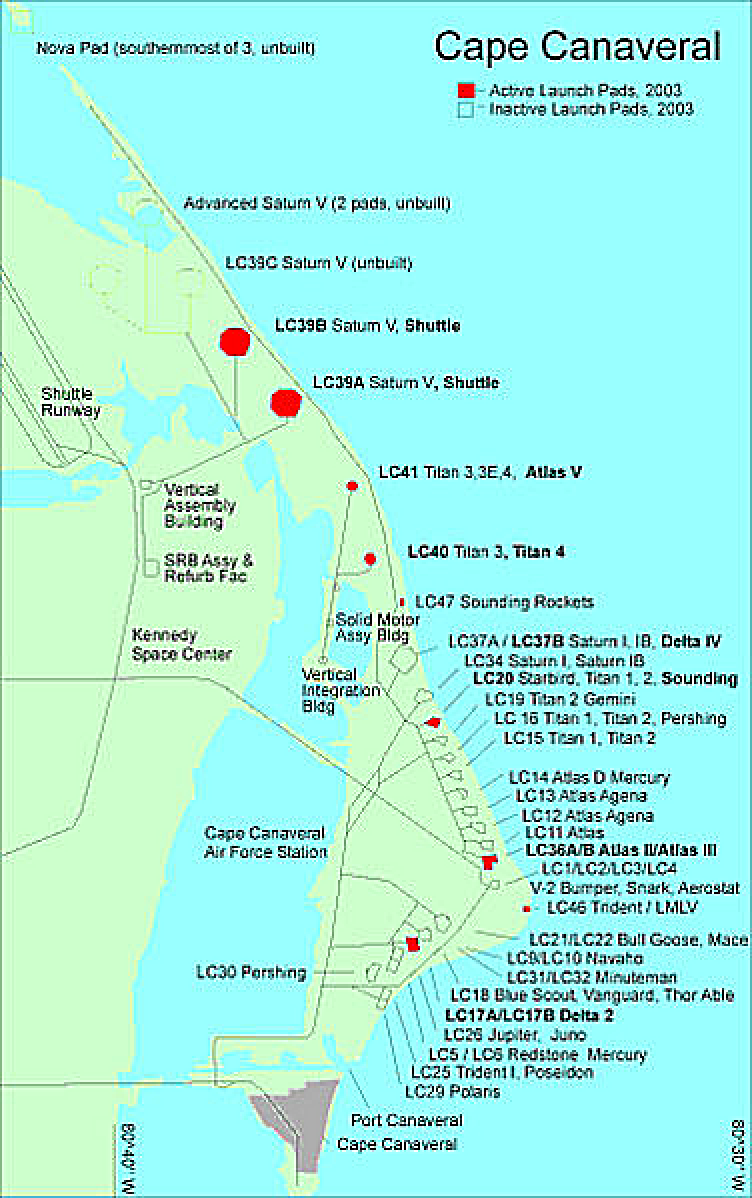

Its spectroscopic data can tell scientists if methane, carbon dioxide or carbon monoxide is in the atmosphere. The telescope will take a closer look at a selection of exoplanets to peer inside their atmospheres, if they have them, and help answer questions about how the planets formed and evolved. Webb telescope is about to take an unprecedented look at these intriguing exoplanets Its capabilities will enable the observatory to answer questions about our own solar system and investigate faint signals from the first galaxies formed 13.5 billion years ago. The Webb telescope will look at every phase of cosmic history, including the first glows after the big bang that created our universe and the formation of the galaxies, stars and planets that fill it today. Now, Webb is ready to help us understand the origins of the universe and begin to answer key questions about our existence, such as where we came from and if we’re alone in the cosmos. Since then, thousands of scientists, technicians and engineers from 14 countries have spent 40 million hours building the telescope. The concept for the telescope was first imagined as a successor to Hubble at a workshop in 1989 and construction on Webb first began in 2004. Webb will act as an infrared detective, detecting light that is invisible to use and revealing otherwise hidden regions of space, according to NASA.īall Aerospace optical technician Scott Murray inspects the first gold primary mirror segment of the telescope.
NASA LAUNCH TODAY STATUS SERIES
So they designed the telescope as a series of moving parts that can fold origami-style and fit inside a 16-foot (5-meter) space for launch. The mirror was so large that it couldn’t fit inside a rocket. It’s the largest mirror NASA has ever built, the agency said, but its size created a unique problem. The mirror includes 18 hexagonal gold-coated segments, each 4.3 feet (1.32 meters) in diameter. The more light the mirror can collect, the more details the telescope can observe. The telescope comes equipped with a mirror that can extend 21 feet and 4 inches (6.5 meters) – a massive length that will allow the mirror to collect more light from the objects it observes once the telescope is in space. Webb will peer into the very atmospheres of exoplanets, some of which are potentially habitable, and could uncover clues in the ongoing search for life outside of Earth. The name of NASA's most powerful telescope is still controversial one month before its launch

This is a great achievement and an inspiring image for the entire team," said Lee Feinberg, optical telescope element manager for Webb at NASA's Goddard Space Flight Center in Greenbelt, Maryland.įor more about this test: go./33XdiEa Chris Gunn/NASA "Deploying both wings of the telescope while part of the fully assembled observatory is another significant milestone showing Webb will deploy properly in space. Performed in early March, this test involved commanding the spacecraft's internal systems to fully extend and latch Webb's iconic 6.5 meter (21 feet 4-inch) primary mirror. In order to perform the groundbreaking science expected of Webb, its primary mirror needs to be so large that it cannot fit inside any rocket available in its fully extended form. In a recent test, NASA's James Webb Space Telescope fully deployed its primary mirror into the same configuration it will have when in space.
NASA LAUNCH TODAY STATUS FULL
NASA's James Webb Space Telescope Full Mirror Deployment a Success We are going to discover incredible things that we never imagined.” Over three decades, you produced this telescope that is now going to take us back to the very beginnings of the universe. “This is a great day for planet Earth,” Nelson said shortly after the launch. NASA Administrator Bill Nelson shared his gratitude for the international teams that made the mission and the Christmas Day launch possible. The European Space Agency aptly referred to it as “an awesome Christmas present” for the international launch teams, as well as the whole of space science, on Twitter. But the world’s most powerful complex space observatory will answer questions about our solar system, study exoplanets in new ways and look deeper into the universe than we’ve ever been able to. The telescope has endured years of delays, including a combination of factors brought on by the pandemic and technical challenges. The Webb telescope launched from French Guiana Saturday morning.


 0 kommentar(er)
0 kommentar(er)
